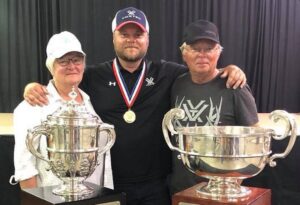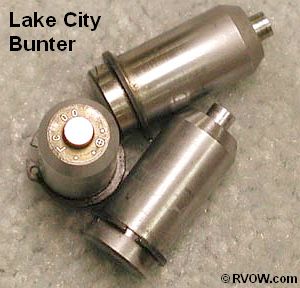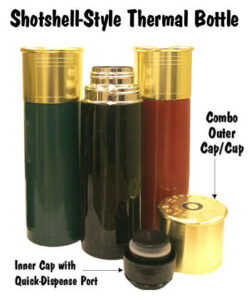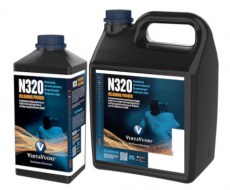July 11, 2022Precision Benchrest, F-Class shooters and F-Class judges favor premium brass from Lapua or Norma Peterson or RWS. (Lake City also produces quality brass in military calibers. Premium brass is more accurate, has a longer life span, and has consistent velocities. While shooters know the importance of brass, many don’t know how cartridge cases are made. This is how it works. Top Deep-Draw Ram Illustration by Demsey Mfg. The process begins with a brass disk made from strips of metal. The brass is then extruded or drawn into cylindrical shape through a series stages. The brass is squeezed through the die under extreme pressure during the extrusion process. This process is repeated typically two to three times. The traditional “draw” process involves the case being stretched in a longer manner, usually in 3 to 5 stages. This is done using a series high-pressure rams that force the brass into a die. RWS, which produces some of the best brass in the world today, uses extrusion more often. However, cup drawing is still used after the bands are punched out. RWS cases are drawn in three stages. After each draw, they are annealed and pickled before being rinsed and subject to further quality improvement measures. This results in brass cases being more resistant to extreme stresses and a specific hardening. FYI, Lapua also uses a traditional drawing process to make its cartridge brass. However, Lapua has some proprietary steps that differ from RWS’s. The cases are then trimmed and the neck/shoulder formed. On rimless cases, the extractor groove is formed or machined and the primer pocket is made in the base. A hardened steel plug, called a “bunter”, can be used to create the primer pocket. The photos below show the stages of forming a 20mm cannon shell (courtesy OldAmmo.com), as well as bunters for Lake City rifle brass. This shows the draw process, as opposed to extrusion. Draw-forming rifle brass is the same process as for this 20mm shell. However, the draw length is slightly shorter than necessary. The head of the draw at this stage is slightly rounded and there are no provisions to use a primer. The final drawn cases should be trimmed to the required length and then run into the bunter. A punch is used to shape the draw into a cylindrical device. This holds the draw in place while another punch pushes into the case from one end, flattening the bottom. The secondary ram holds a headstamp bunter punt. It has a protrusion at the end to make a primer pocket and raised lettering around its face to form the headstamp writing. This is a mirror image, however, of the final case head. A single strike can be used to head small cases like 5.56×45. Larger cases like 50 BMG and 7.62×51 need to be struck once to form the primer pocket, then a second strike is needed to finish the pocket, flatten and imprint the writing. The second strike hardens the brass so it can withstand the pressure of firing. Guy Hildebrand of OldAmmo.com provided this 20mm Draw Set photo. River Valley Ordnance photo of Bunter.
Similar Posts:Tags: Brass Production, Cartridge Brass, Deep Draw, Deep-Draw Ram, Draw Process, Lapua, OldAmmo.com, RWS

Three Brilliant Father & Son Shooting Duos Are Featured on Father’s Day
Three Brilliant Father & Son Shooting Duos are the featured on Father’s Day on June 15th, 2025.Joseph ( “Skeet” ) Borden is seen in the photo with his son, Jim
















